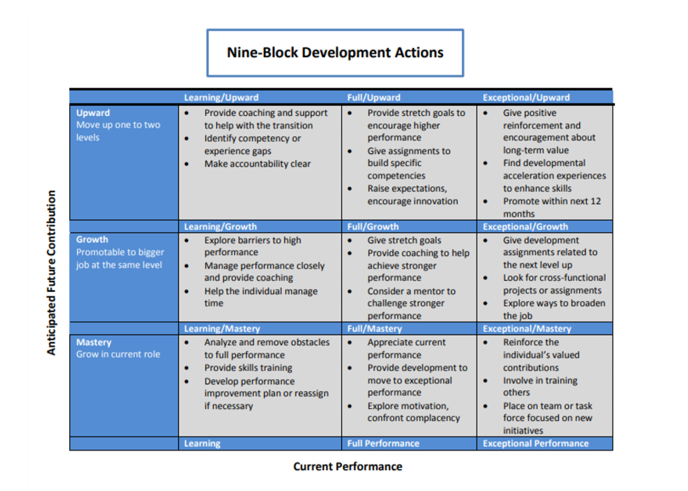1/17/2020
BY: MIKE BEELS
 In the past few years, much attention has been devoted to employee engagement. There is no longer any doubt that more engaged employees lead to enhanced profitability and organizational growth. We have learned to engage employees through better communication, by treating them with respect, providing opportunity, providing training, holding them accountable and recognizing them for the good work they do. Engaging them also means challenging them to achieve the goals of the organization, while bettering themselves.
In the past few years, much attention has been devoted to employee engagement. There is no longer any doubt that more engaged employees lead to enhanced profitability and organizational growth. We have learned to engage employees through better communication, by treating them with respect, providing opportunity, providing training, holding them accountable and recognizing them for the good work they do. Engaging them also means challenging them to achieve the goals of the organization, while bettering themselves.
What many leaders do not realize, however, is that an important part of this engagement process involves creating a plan for every employee in your organization. In a 2019 State of Employee Engagement Survey conducted by HR.com, it was reported that 68% feel that one of the factors highly linked to employee engagement is the opportunity for career growth. Therefore, if leaders want to achieve higher employee engagement – and better performance overall – they must consider succession planning.
Not Just for “C” Levels Anymore
Although succession planning, both emergency and long-term, often is recommended in the context of Presidents, CEOs, CFOs, COOs, etc., it is much more than that. Occupations throughout an organization, including managers, supervisors and other key positions – in fact, everyone – also should have a “next in line” strategy planned.
There are several tools and factors to consider when creating this “plan” for every employee to ensure continuation of the organization, including:
- Capability Database – This database provides information about all employees, including past employment, education, current skills, training provided by the organization and, most importantly, their future aspirations within the organization. This helps avoid preparing an employee for a job they don’t want and helps focus efforts for more relevant avenues of growth. This then allows you to create a Training Needs Assessment for the skills necessary to prepare the employee for advancement.
- Leadership Competency Model – Creating this model is essential to identify which leadership skills and behaviors contribute to peak performance. These criteria are used to determine which workers “best fit” which roles.
- Nine-Block Grid – The Nine-Block Grid is an individual assessment tool that evaluates an employee’s current and potential contribution to the organization. As seen in the example below, the vertical columns of the grid indicate growth potential, and the horizontal rows identify whether the employee is currently below, meeting or exceeding expectations. The intersection of the two determines the employee’s current standing and highlights where development may be needed.

When placing an employee in the Nine-Block Grid, it is important to consider where they excel or need improvement in areas such as:
- Continuous improvement
- Planning and executing
- Customer focus
- Having high standards
- Coaching
- Communication
- Relationship development
- Self-assurance
- Trust
- Conflict resolution
- Critical thinking
- Effective judgement
Development Actions are then outlined, as shown in the next figure, which correspond to the employee’s current status in the Nine-Block Leadership Talent Grid.

- Transparency – This is key in determining the success of any succession plan. Ensure all workers know how the Nine-Block Grid works by clearly explaining the process. Additionally, those who are placing workers into the grid must understand and apply the criteria for consideration, rather than placing them solely based on bias or favoritism. Facts, not opinions, should be used to guide decision-making. Employees also should be told where they are placed and why, as well as what they can do to advance.
Outlining an effective, organization-wide succession plan starts with implementing these tools. In a follow-up blog next Friday, we will discuss the final steps to take when creating your comprehensive succession plan.
To learn more about how The Center can support your future business planning, visit www.the-center.org.
MEET OUR EXPERT
 Mike Beels, Lean Program Manager
Mike Beels, Lean Program Manager
Mike Beels has served in the role of Lean Program Manager for the Lean Business Solutions Team at the Michigan Manufacturing Technology Center for more than 14 years. Mike’s areas of expertise include Change Leadership, Workforce Engagement, and Succession Planning, as well as the entire portfolio of Lean strategies and methodologies. Michael has been prominent in the development of the “Lean Office” Program at The Center, helping organizations identify waste and improve processes on the “carpet” side of the business.
Since 1991, the Michigan Manufacturing Technology Center has assisted Michigan’s small and medium-sized businesses to successfully compete and grow. Through personalized services designed to meet the needs of clients, we develop more effective business leaders, drive product and process innovation, promote company-wide operational excellence and foster creative strategies for business growth and greater profitability. Find us at www.the-center.org.
Categories: Leadership/Culture